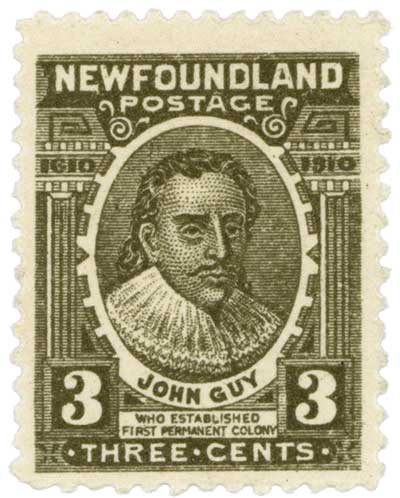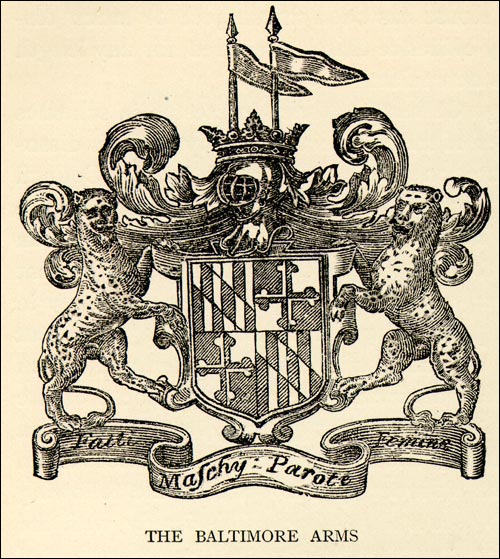The Governorship, 1610-Present
From the 17th century to the present, there has been a representative of the Crown in Newfoundland holding the office of governor or (since 1949) lieutenant-governor. The nature of the office, the central instrument of law and government, has altered over time, reflecting changes in Newfoundland 's constitutional status, as well as evolving assumptions about how a governor should exercise his responsibilities and powers.

The pages which follow (see links above) describe six phases in the institutional history of the British governorship in Newfoundland - the governors of the 17th century proprietary colonies; the naval governors of the 18th and early 19th centuries; those who served under representative, responsible and Commission government constitutions from 1825 to 1949; and the lieutenant-governors appointed under provincial status. Two of these categories - the naval governors and the Commission governors - are unique to Newfoundland, and are therefore of particular significance to those interested in the history of the British Empire and Commonwealth.





